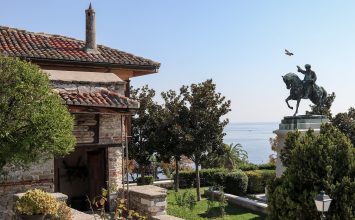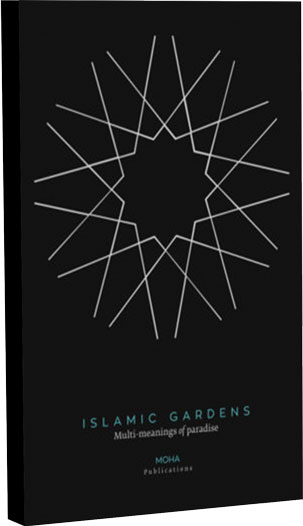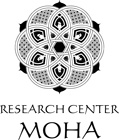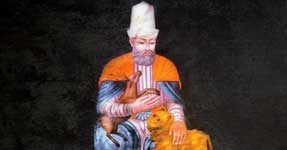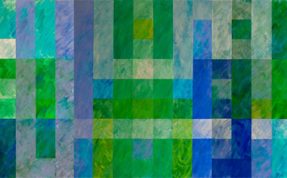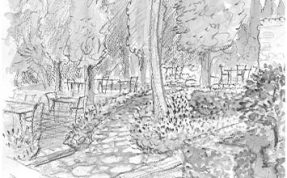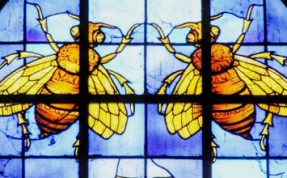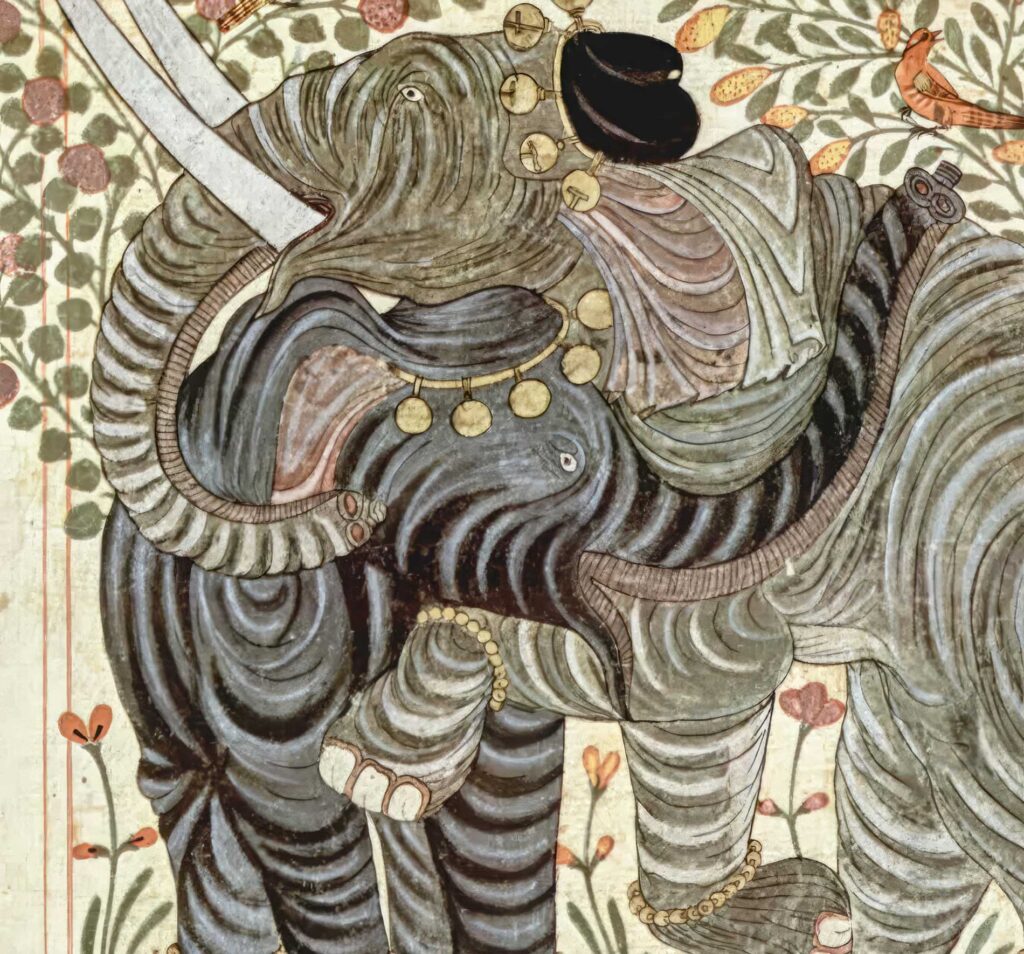ARTICLES & STUDIES
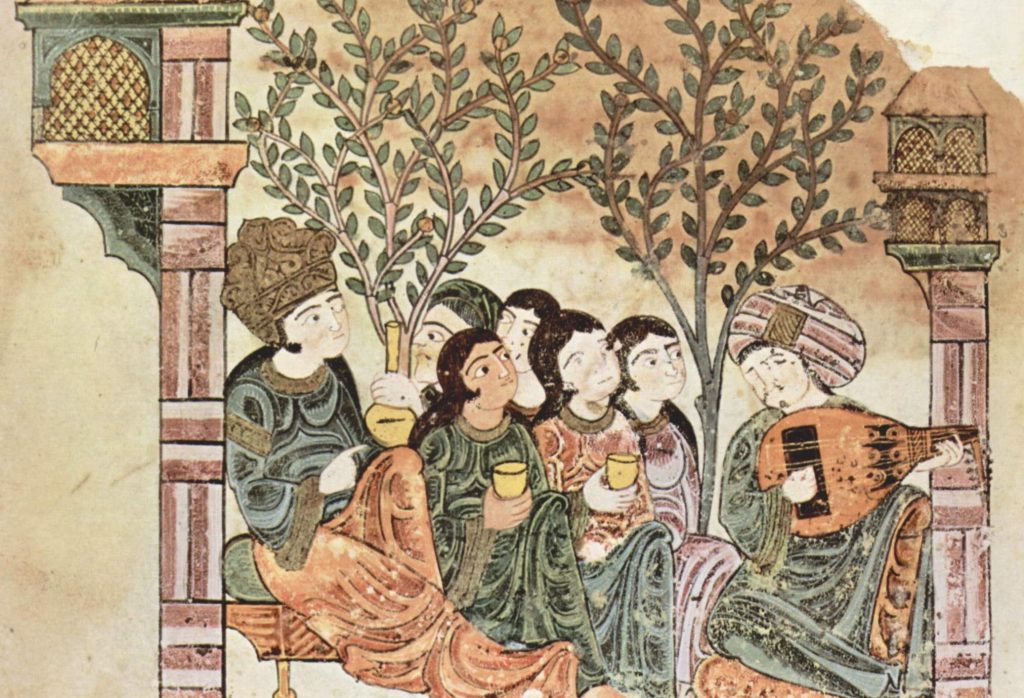
Musical Tradition and Poetry in the Arab World
Arabs perceived music as a means of praise and connection with God, but also as a way to make life more comfortable and enjoyable. For several centuries, Arab rulers from Baghdad to Cordoba were famed for their patronage of musicians. Their courts boasted full orchestras for entertainment, while noted musicians competed for the ruler’s favour.
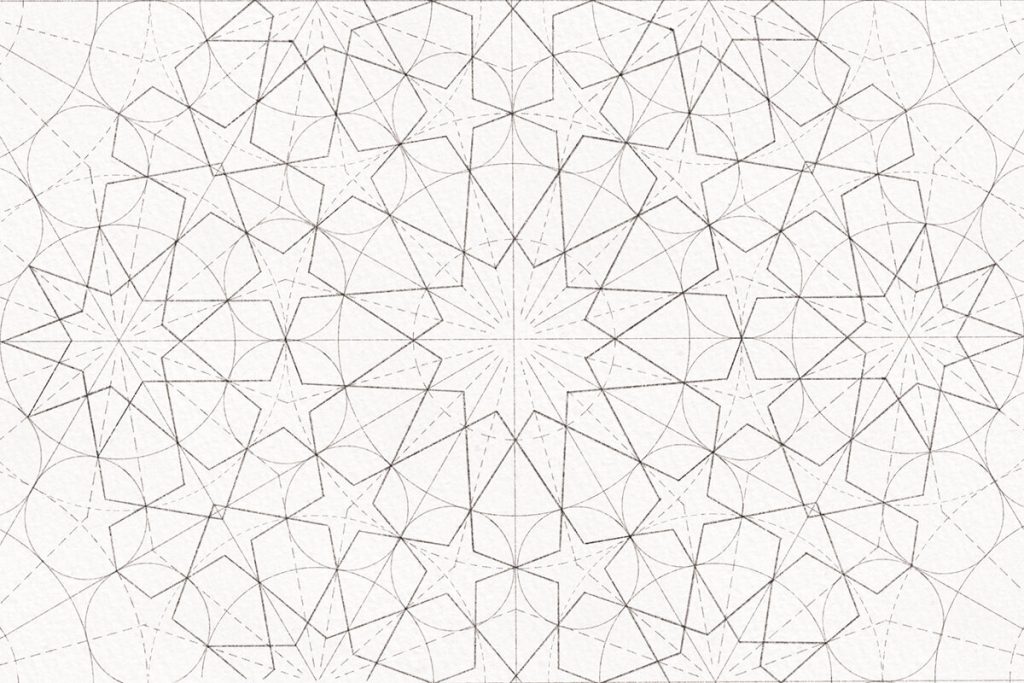
Forms and shapes of Islamic art
Like other aspects of Islamic culture, Islamic art was the result of a combination of peoples and civilizations, with Arabic, Persian, Mesopotamian and African traditions getting intertwined. Starting from this basis and rejecting the depiction of living creatures, Muslim artists gradually established a style of their own that essentially diverged from the Roman and Byzantine art of their time. Three types of decoration stand out as the main features of Islamic art: floral compositions, geometric shapes and calligraphy.
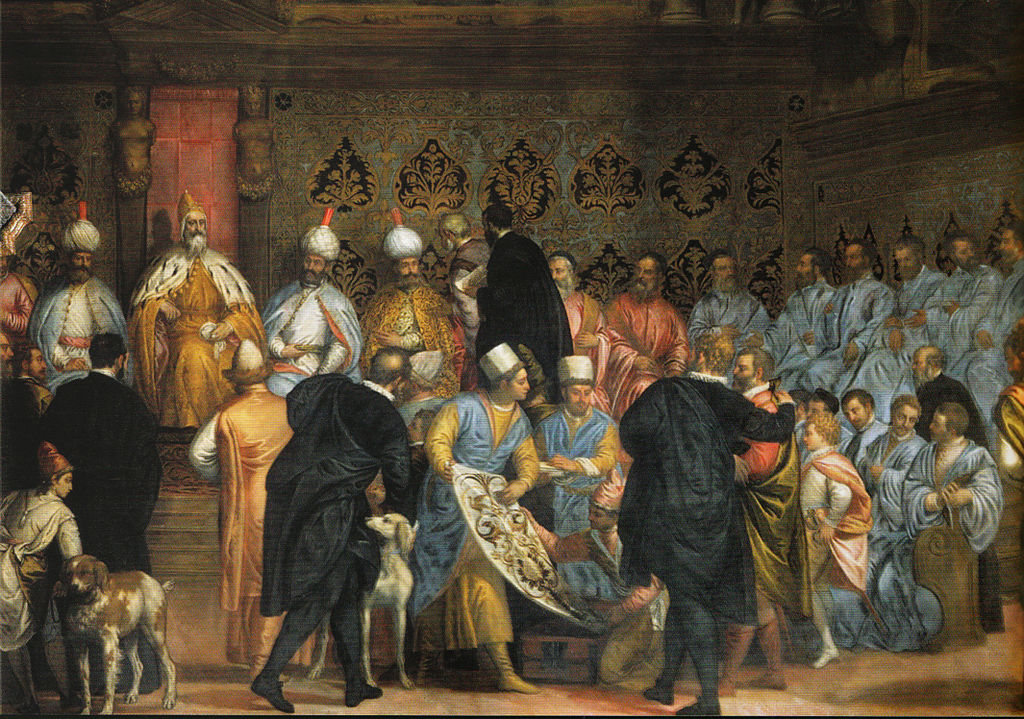
The Craftsmanship of Eastern Tapestry
People of the East have a long tradition of carpet weaving, with Persian carpets and Ottoman kilims still standing out today for their quality, patterns and colors. Since ancient times, carpets have served Middle Eastern nomads as protective coverings in sandstorms and also to create softer saddles on the backs of their camels. Gradually, Persians and Arabs warmed up and decorated their houses and mosques with them. Carpets were a key part of a bride’s dowry and a great gift of honor for a guest as well.
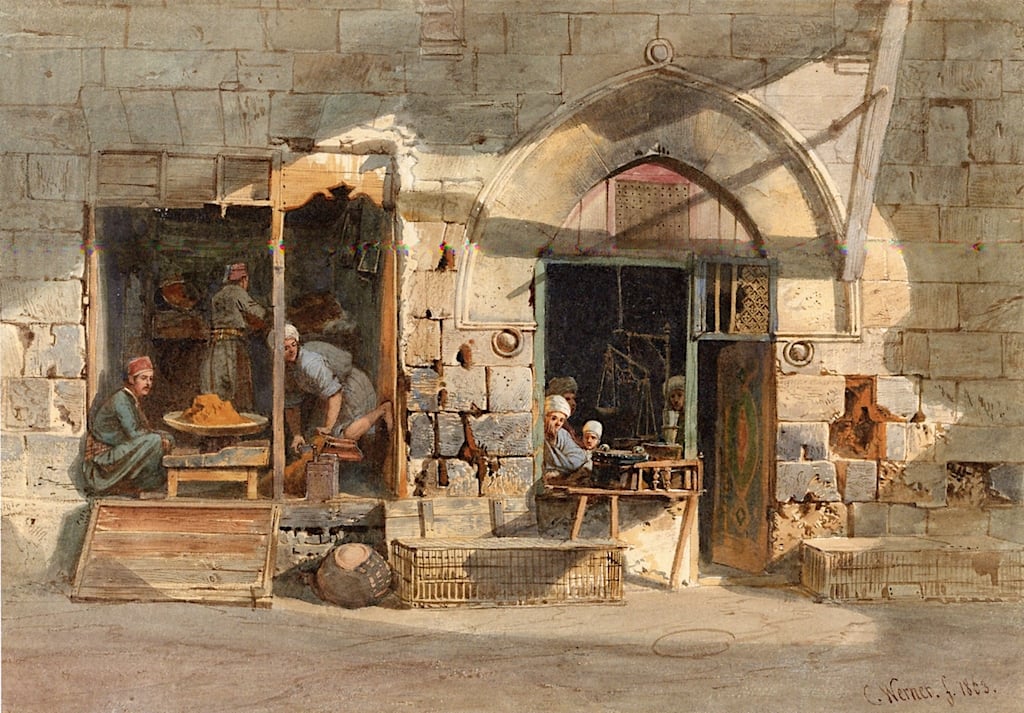
The Spice Trade Route
One of the oldest trades is the spice trade which played an important political, historical and cultural role over the centuries. It all started with the great explorations in the East. Merchants, sailors, explorers and travellers brought exotic spices to the West via the old caravan routes, from the Far East and Asia to Europe. The distance that separated the old continent from their countries of origin made the spices particularly valuable, so much so that the value of some of them approached that of gold.
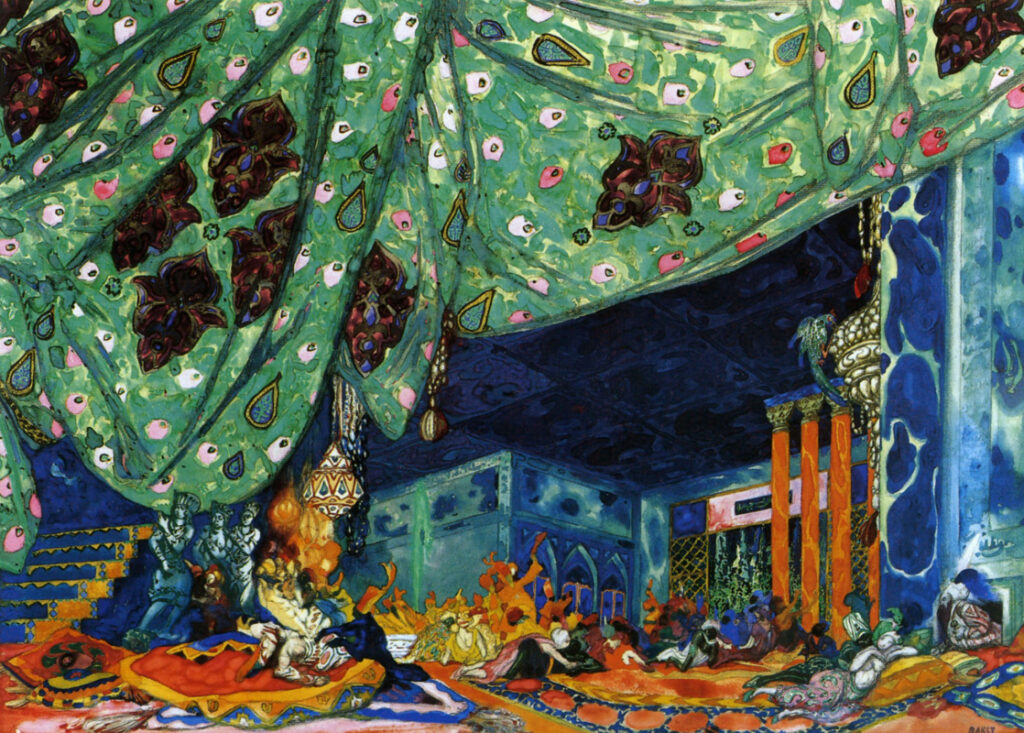
Scheherazade goes West…
Scheherazade left Bagdad to go to Paris with the Frenchman Antoine Galland at the end of the 17th century. At the beginning of the 18th century, the “Orientalist from Persia” gained the right to speak French. A wise lady, gentle, both in her fairy tales and stories, she quickly conquered the world of Europe with her words. She learned to speak English, Russian, German, Italian. Awake and agile, she wrote novels and poetry, made paintings, taught children, composed operas, designed scenes.
Bath, a habit that comes from the past
It is not known exactly when the man started using enclosed spaces for his cleanliness, but there are some references which indicate it existed as a practice in India, in ancient Egypt and later in the ancient Greek civilisation. Homer’s heroes were relieved by a warm bath after many long and tough battles, while Hippocrates, in his medical work About Gases, Places, and Water, dedicates a chapter to the process of hydrotherapy.
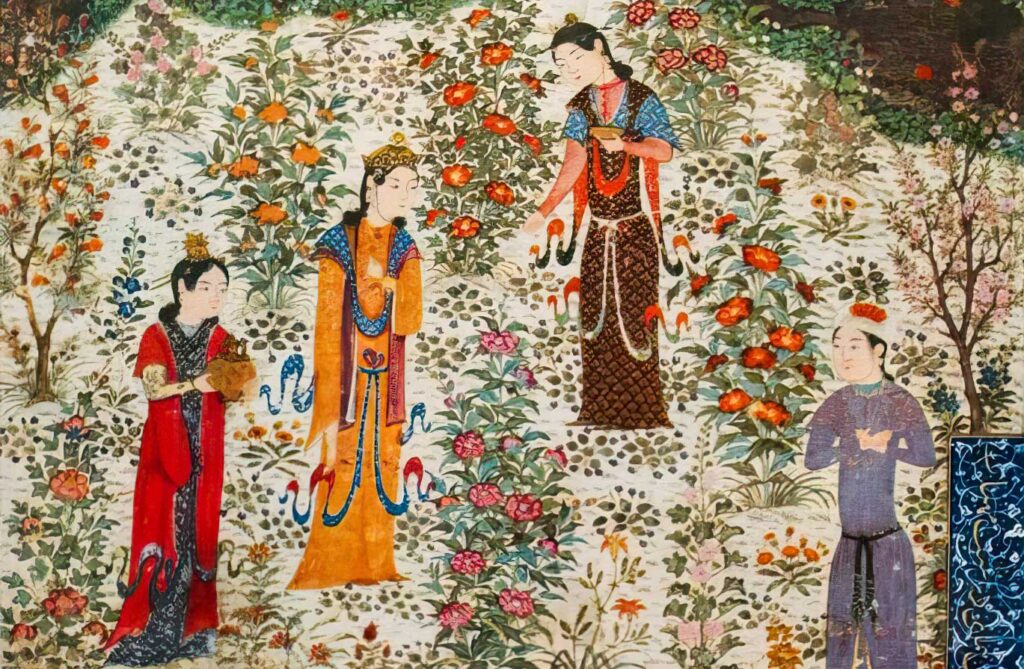
Islamic Gardens and their Heavenly Symbolism
“There is a certain divergence between the popular image of Islam, as the religion that emanated from the desert and carried its ethos, and the notion of the garden: lush, green, shaded, moist, and fragrant, among other pleasant qualities that are all antithetical to the desert environment. But it seems that precisely because Islam came out of the desert that gardens occupy a substantial space in the Islamic imaginary and in the history of Islamic design.”
Mega Cities on the Silk Road
Throughout history, trade routes played a central role in the transfer of goods and exchange of ideas between different parts of the world. The historic Silk Roads, which were a network of trade routes across land and sea that connected the lands from China across Asia to the Meditteranean, connected civilisations and peoples from different cultures, religions and languages with each other allowing the exchange of ideas, technical know-how and friendship, creating a legacy of connectedness and cultural appreciation.
The House of Wisdom
The heyday of Baghdad was 1,200 years ago when it was the thriving capital of the Muslim civilisation. For about 500 years the city boasted the cream of intellectuals and culture, a reputation gained during the reigns of some of its most famous Caliphs (Al-Rashid, Al-Ma’mun, Al-Mu’tadhid and Al-Muktafi).
They shoot historians, don’t they? by Nasser Rabbat
Media outlets around the world have grown increasingly indifferent to the brutality of the ongoing war in Syria, numbed by more than four years of senseless killing and destruction in that cursed country. But a recent attack finally touched a raw nerve among global literati, for the victim is someone with whom they can identify.
